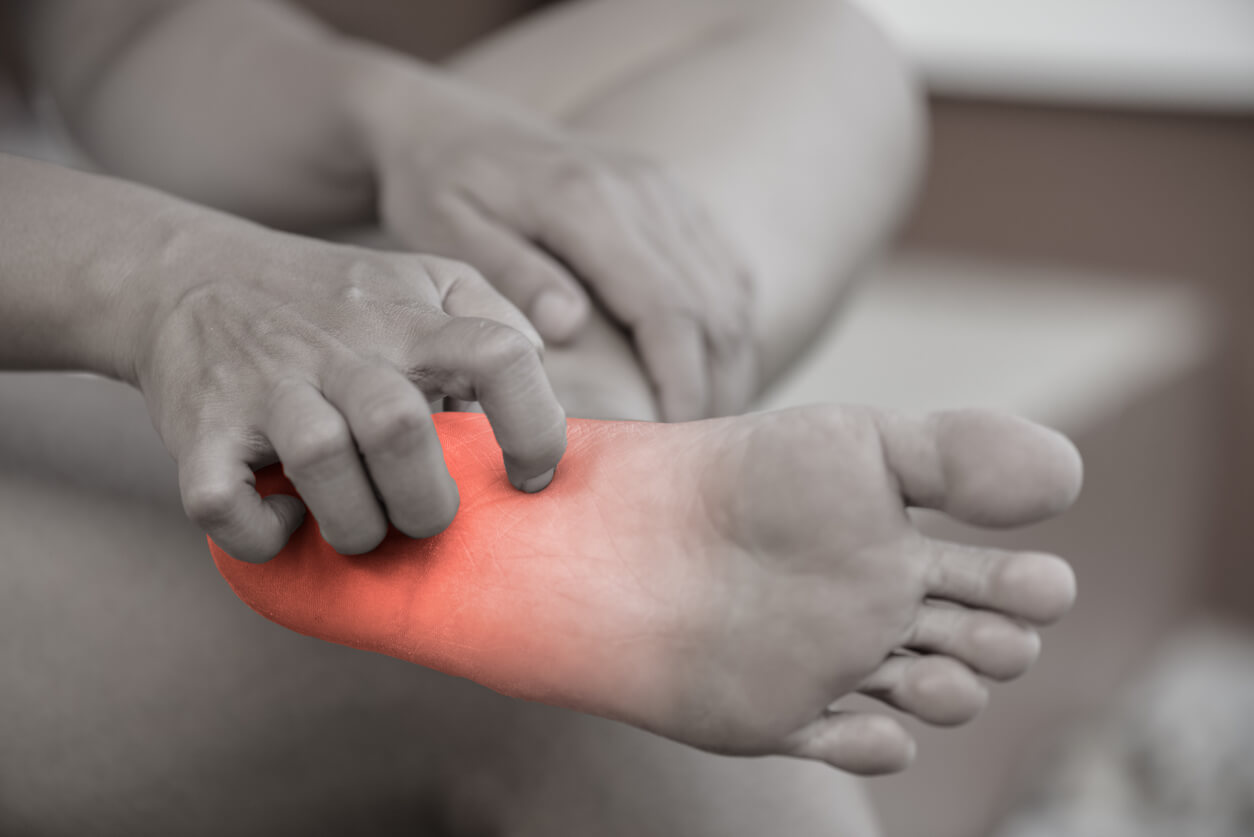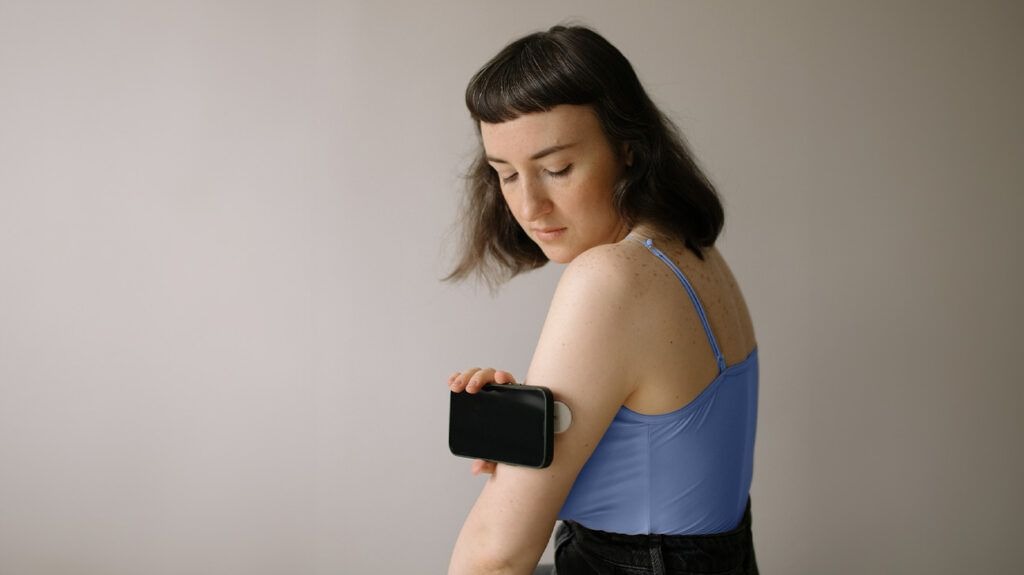High blood sugar, or hyperglycemia, occurs when there is too much glucose circulating in the bloodstream. It is most commonly linked to diabetes mellitus, a chronic condition affecting how the body processes sugar.
According to the World Health Organization (WHO), hyperglycemia is diagnosed when fasting blood glucose levels exceed 7.0 mmol/L (126 mg/dL) or reach 11.0 mmol/L (200 mg/dL) two hours after eating. Early detection of high blood sugar is critical in preventing long-term complications, including nerve damage, kidney failure, vision problems, and cardiovascular issues.
This article outlines seven medically recognized early signs of high blood sugar that may help individuals seek timely diagnosis and treatment.
1. Excessive Thirst (Polydipsia)
A persistent sense of thirst, even after drinking fluids, may indicate elevated blood sugar. When glucose levels rise, the kidneys are forced to work harder to filter and remove the excess sugar through urine. This process draws additional water from the body, resulting in dehydration and a strong urge to drink more.
- Source: CDC – Hyperglycemia Symptoms
This symptom is commonly reported by individuals with both type 1 and type 2 diabetes, and it often accompanies increased urination.

2. Increased Hunger (Polyphagia)
If you’re feeling unusually hungry even after eating, this could be a signal of poor glucose absorption. When the body’s cells cannot effectively use sugar for energy—either due to a lack of insulin or insulin resistance—the brain may interpret the shortfall as a need for more food.
- Source: American Diabetes Association – Symptoms
This increase in appetite is not always linked to calorie deficiency; rather, it’s the body’s response to unmet energy needs at the cellular level.

3. Chronic Fatigue or Low Energy
Fatigue is a frequent early sign of hyperglycemia. Without adequate insulin or insulin function, glucose is not delivered into cells efficiently, leaving the body without its primary fuel source. As a result, individuals may feel unusually tired, even after a full night’s sleep or a meal.
- Source: National Institutes of Health – Diabetes and Energy Regulation
It’s important not to dismiss fatigue as a result of aging or a busy lifestyle when other symptoms of high blood sugar are present.
4. Blurry Vision and Headaches
Elevated blood glucose can cause fluid imbalances in the eyes, leading to swelling of the eye lens and temporary changes in vision. According to the Mayo Clinic, blurred vision is a common symptom of both acute and chronic hyperglycemia.
- Source: Mayo Clinic – Diabetic Vision Problems
This symptom can be accompanied by frequent headaches, which may stem from dehydration or fluctuations in blood sugar that affect blood flow and pressure in the brain.

5. Tingling or Numbness in Hands and Feet (Peripheral Neuropathy)
High blood sugar over time can damage the peripheral nerves, especially in the extremities. This can lead to tingling, numbness, or burning sensations, particularly in the hands and feet.
- Source: National Institute of Diabetes and Digestive and Kidney Diseases (NIDDK) – Diabetic Neuropathy
This condition, known as diabetic neuropathy, can develop early in the course of diabetes and is more likely if blood sugar remains consistently high.

6. Skin Changes: Small Bumps or Skin Tags
Certain skin conditions may serve as external indicators of internal metabolic issues:
- Eruptive xanthomatosis: These are small, yellowish bumps that appear on the skin and are often associated with high levels of triglycerides, a type of fat that may rise in uncontrolled diabetes.
- Skin tags: Small, soft skin growths often found on the neck, underarms, and groin. Research published in Dermatology Practical & Conceptual has found an association between multiple skin tags and insulin resistance.
- Sources:
- NIH – Diabetes and Skin Health
- Dermatology Practical & Conceptual – Insulin Resistance & Skin Tags
While these conditions are benign, they may be worth mentioning to your healthcare provider if they occur alongside other high blood sugar symptoms.

7. Frequent Urination (Polyuria)
One of the earliest and most common signs of high blood sugar is increased urination, especially at night. When excess glucose is filtered by the kidneys, it pulls additional water into the urine. This leads to dehydration and can affect kidney function over time.
- Source: CDC – Managing Blood Sugar
Frequent urination is often paired with excessive thirst, forming a noticeable pattern that may require medical evaluation.




